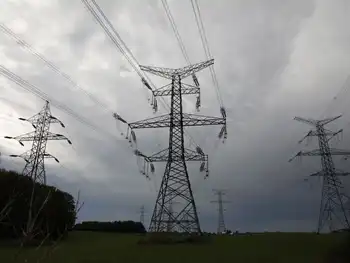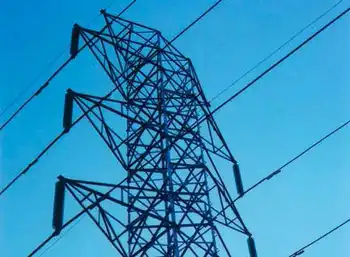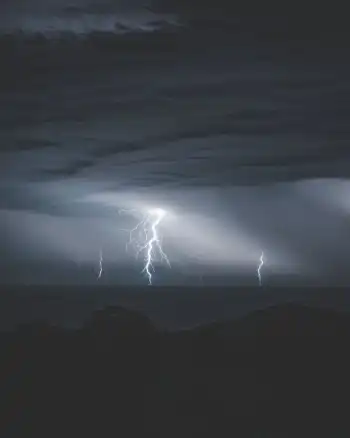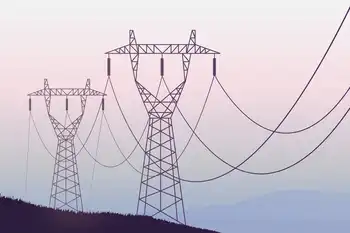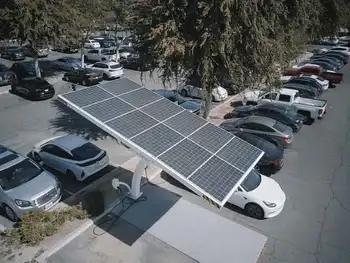Men electrocuted fixing tire
By Toronto Star
CSA Z462 Arc Flash Training - Electrical Safety Essentials
Our customized live online or in‑person group training can be delivered to your staff at your location.

- Live Online
- 6 hours Instructor-led
- Group Training Available
The collector of vintage fire vehicles was heading home from exhibiting two of his treasured pieces in northern New York when his fire truck popped a tire.
The 51-year-old Quebecer and New York state trooper Shawn Snow, 47, who stopped to help, were electrocuted when the truck's ladder struck a high-voltage power line. Police in Ogdensburg said the men were killed instantly.
Surprenant's friend Will Brooks met with him over the weekend in Syracuse at an annual gathering of aficionados of antique fire trucks.
Brooks remembered watching the former Canadian Forces firefighter during the singing of the American and Canadian anthems, played for the event's opening ceremony.
He said Surprenant was decked out in his old uniform.
"He snapped to attention and saluted," Brooks told The Canadian Press.
"It was a poignant moment looking back because he was saluting the Canadian flag. Now he's gone. He loved these things. They were part of his soul."
Police received a call August 3 around 4:45 p.m. that a fire truck was in flames near the Ogdensburg-Prescott International Bridge.
Surprenant's 1960 Pierre Thibault Ltd. fire truck was towing a trailer carrying his own vintage car – a 1909 Model T Ford formerly of Ottawa's Bytown Fire Brigade – when its rear tire went flat, said Ogdensburg Police Chief Richard Polniak.
Surprenant, the former fire chief of the Ottawa International Airport, was travelling back to his Montreal-area home.
Police said Snow, a 19-year veteran, slid under the truck to fix the tire while Surprenant extended the truck's ladder to shift the weight away from the flat.
"How it ended up touching the wires, whether a piece of equipment failed and it slipped and touched the wires, or whether the act of jacking it up higher on one side caused it to touch, we just don't know yet," Polniak said.
Snow's death was a blow to the state police force.
"This type of accident is somewhat incomprehensible," said Maj. Richard C. Smith Jr., the local commander. "It is a terrible day."
The international bridge was temporarily closed, with traffic diverted to the Thousand Islands and Seaway bridges.
A state police accident reconstruction team is investigating the incident.





